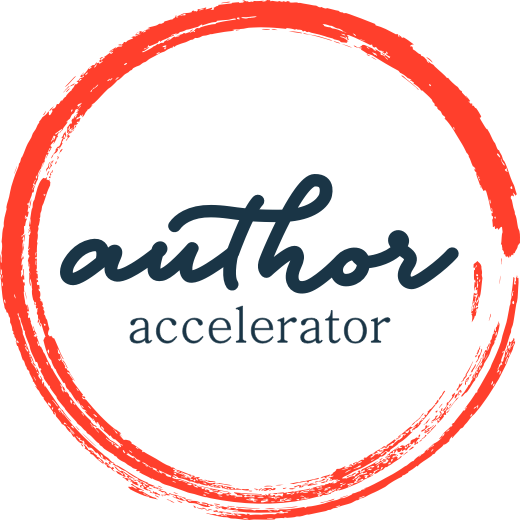Episode 16: Melanie's Feedback from Blueprint for a Book Lesson 1
THINGS WE COVER IN THIS EPISODE:
Killer sentence
Why You Are Writing This Book
What’s the point of your story?
Jacket Copy
Working titles
A book is an extremely complex and deeply layered thing. It doesn’t matter where you are in it - it’s a hard thing to hold in your head. The big picture work is the work that most writers skip over. The purpose of these exercises is to really pin that down.
Click to tweet: One of the superpowers of a good book coach or editor is to see your book before you can
The big picture, the WHY of your book is the most important but most ignored and missed aspect of book writing. There is usually a really potent and powerful reason why writers write what they do, and getting at what your work means to you is getting at why your readers will come to your book.
The point of the jacket copy exercise comes from the start-up world - with a start-up, you want to have a prototype of your project aka minimum viable product. And although you can’t make a minimum viable product in a book (you have to write the whole thing), the book jacket exercise a) describes what happens in the book, b) describes why it is meaningful to readers.
Context - where are we in the world?
Whose story is this and why are we following them? What do they want and what is standing in their way?
Character motivations and story arc need to be clear.
In general, what questions are ok to leave for the reader and what questions do writers need to answer? The mistake that most writers make is that they leave too much out. What makes a compelling story is not making the reader come up with those answers, but giving them enough to understand why it matters to them and giving them a reason to care is paramount. Err on the side of giving too much information (except sometimes in cases of mystery or thriller). People do not read to find out what happens - they read to find out why it happens, both in terms of characters and plot. What we want in the story is to get to the universal why that everyone carries within them. Readers need something to identify with.
On giving your readers enough information, and pacing: read the first 5 chapters of the first Harry Potter book and notice when JK Rowling raises a question in your mind about a character’s motivations or role in the world, and notice as she begins to answer those. Rowling is pulling you along, giving you just enough to go along and getting those answers just in time. She also builds trust with the reader in answering most of the questions she brings up. If you’re writing and trying to figure it out as you go along, you’ll lose your reader. Write with authority and know where you’re going before you start, and you’ll know what to give out, when.
The Blueprint exercises are a plotter’s map without being too rigid. Pantsers’ and plotters’ superpowers are brought together to help you get to the point of your story and why it matters to you, and ultimately your reader.
